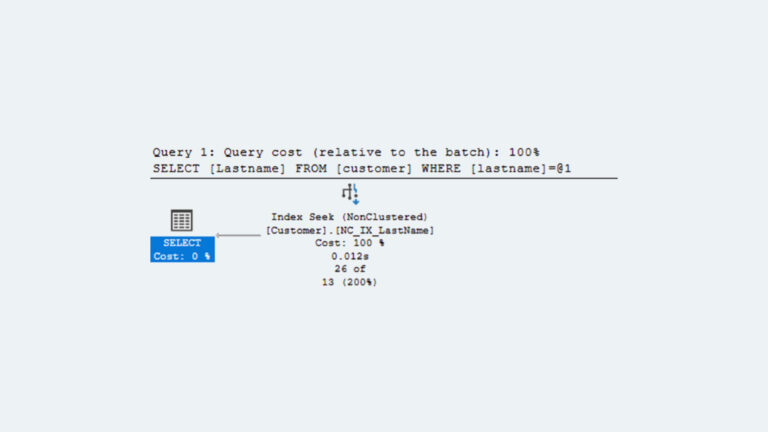Oracle Enterprise Manager provides the ability to monitor and manage Oracle database, middleware, and operating systems from a single console. At the time of this writing the current version is Oracle Enterprise Manager Cloud Control 13c (13.5).
The intent of this blog is to review some of the common questions we get regarding Enterprise Manager licensing and to point out some of the key sections in the Oracle Enterprise Manager Licensing Manual.
Does Oracle Enterprise Manager require its own license?
When used with a properly licensed Oracle product, there are no additional license costs for the base functionality of the Enterprise Manager. This also includes a restricted-use license of the Oracle Database Enterprise Edition and Oracle WebLogic Server for the purposes of creating its repository database and to provide the interface. Here are a few key points regarding the restricted-use licensing:
Oracle Enterprise Manager Restricted-use License
- This section in the licensing manual describes the terms of the restricted-use licenses
- Note the additional requirements for DR and HA for the repository database
- The Enterprise Manager installation in the repository database may enable database options that would normally require additional licensing, such as Advanced Compression. This is covered in the restricted-use license section of the licensing manual.
- “Any use of Oracle Database options by Oracle Enterprise Manager’s SYSMAN schema is included with the restricted-use license and does not require a separate license.”
- As an added measure, set the CONTROL_MANAGEMENT_PACK_ACCESS parameter to NONE on the repository database to prevent the accidental usage of Diagnostics Pack and Tuning Pack features on the repository database itself.
Can I disable the features that would require additional licensing?
While there are no additional licensing costs for the base functionality of Enterprise Manager, it is important to understand there are scenarios that would require licensing of additional options or management packs. The ability to execute these extra-cost features and functionality are enabled by default so it is important to review the following sections in the license manual to understand what options are enabled.
Enabling and Disabling Management Packs in Oracle Enterprise Manager
- This section provides details on how to enable and disable many of the features that would require an extra license.
- Follow the directions in this section to disable any management packs where necessary to avoid accidental usage and incurring additional licensing costs.
- It’s important to note that the “Auto-License” feature is enabled by default so that features can be enabled automatically for newly discovered targets.
Displaying Management Pack Information in Oracle Enterprise Manager
- There is the ability to identify which menu options within the interface would potentially require additional licenses. This indicator is disabled by default.
- This section in the license manual indicates how to enable this feature so that links within the interface will indicate which additional pack or option is required.
Can I send notifications from Enterprise Manager?
The Oracle Enterprise Manager provides the functionality for monitoring the status and other usage metrics for databases, middleware, servers, and other targets. Be aware that sending monitoring alerts could in some cases require additional management pack licenses.
- The Base Framework feature list explicitly excludes notifications:
- “Alerts and Metric Threshold Management (excludes notifications)”
- The Base Database Feature Summary section does not include notifications, but the Diagnostics Pack and WebLogic Server Management Pack sections specifically include notifications as one of their features:
- “Notifications that define and use different notification methods including e-mail, running custom OS scripts, PL/SQL procedures and SNMP traps; repeat notifications, use of notification-related actions in incident rule sets, administrator notification schedules.”
- The base features of the server and virtualization targets do include notifications:
- “Notification on events and incidents for infrastructure targets (hosts, storage, VMs)”
Note; we have linked to the 13.5 version of the Base Framework feature list, but you should always check the version corresponding to what you have installed, as the list may change between OEM versions.
Additional documentation regarding Enterprise Manger can be found on Oracle’s website at: https://docs.oracle.com/en/enterprise-manager/cloud-control/enterprise-manager-cloud-control/13.5/index.html
Understanding Oracle licensing can be complex and go beyond just counting cores and users. House of Brick can help you understand your Oracle licensing footprint and provides services for maintaining the license compliance on an ongoing basis. Visit the following link for more information about House of Brick’s Oracle licensing services: https://houseofbrick.com/expert-services/olm-oracle/







